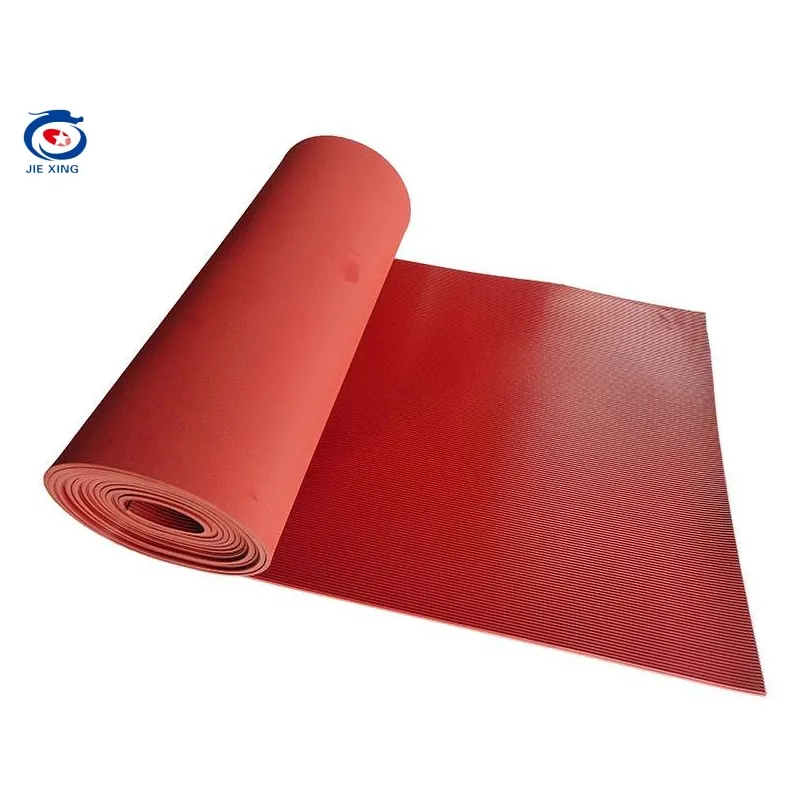overhead door p bulb bottom weather seal
Understanding Overhead Door P Bulb Bottom Weather Seal
When it comes to ensuring the longevity and effectiveness of overhead garage doors, one often overlooked component is the bottom weather seal, particularly the P bulb bottom weather seal. This essential part plays a crucial role in maintaining the performance and energy efficiency of your garage door while also providing protection against the elements. In this article, we'll delve into what a P bulb bottom weather seal is, its benefits, installation process, and maintenance tips.
What is a P Bulb Bottom Weather Seal?
The P bulb bottom weather seal is a flexible, rubberized strip that runs along the bottom edge of an overhead garage door. Its unique shape resembles the letter P, with a bulb or rounded section designed to make contact with the garage floor. This design allows for effective sealing, preventing drafts, water, dust, and insects from entering the garage space.
The P bulb seal is typically constructed of durable materials that can withstand extreme temperatures and weather conditions, ensuring a long-lasting solution for homeowners. When installed correctly, it creates a tight seal that contributes to the overall insulation of your garage.
Benefits of a P Bulb Bottom Weather Seal
1. Energy Efficiency One of the primary advantages of using a P bulb bottom weather seal is its ability to improve energy efficiency. By minimizing drafts and temperature fluctuations, the seal helps maintain a consistent garage temperature, potentially lowering heating and cooling costs.
2. Protection from the Elements The weather seal provides a barrier against rain, snow, and wind. This means that moisture won’t seep into your garage, protecting your belongings from water damage and mold growth. Additionally, it helps prevent dirt and debris from accumulating inside.
3. Insect Barrier A properly installed weather seal also acts as a deterrent against pests such as spiders, ants, and rodents, creating an additional line of defense for your garage.
4. Noise Reduction The P bulb weather seal can help reduce noise from outside, offering a quieter environment within your garage. This can be particularly beneficial if your garage is attached to your home or if it’s used as a workspace.
Installation Process
Installing a P bulb bottom weather seal is a straightforward process, but it requires some basic tools and materials
. Here’s a simple step-by-step guide1. Gather Tools and Materials You will need a measuring tape, a utility knife, scissors, a drill or screwdriver, and the P bulb weather seal itself.
overhead door p bulb bottom weather seal

2. Measure the Garage Door Start by measuring the width of the garage door to determine how much seal you will need. It’s crucial to get an accurate measurement to ensure a proper fit.
3. Prepare the Area Clean the bottom edge of the door and the floor area where the weather seal will be attached. Remove any old weather stripping or debris to ensure a good bond.
4. Cut the Seal to Size Based on your measurements, cut the P bulb weather seal to the appropriate length.
5. Attach the Seal Align the seal with the bottom of the garage door and secure it using screws or adhesive, depending on the type of seal you’ve purchased. Make sure it fits snugly against the door.
6. Test the Seal Close the garage door and check for any gaps. Make adjustments as necessary to ensure a tight seal.
Maintenance Tips
To extend the life of your P bulb bottom weather seal, consider the following maintenance tips
- Regular Inspections Check the seal periodically for wear and tear. Look for cracking or signs of damage that could compromise its effectiveness.
- Clean the Seal Keep the weather seal clean from dirt and debris, as build-up can hinder its performance.
- Replace When Necessary If you notice significant wear or if the seal no longer provides an adequate barrier, it’s time for a replacement.
Conclusion
The P bulb bottom weather seal is an integral part of your overhead garage door system. By investing in this simple yet effective component, you can enhance your garage’s energy efficiency, protect it from the elements, and maintain a comfortable and functional space. Regular maintenance and timely replacement of the seal will ensure that your garage continues to provide optimal performance for years to come.
-
Under Door Draught Stopper: Essential ProtectionNewsJul.31,2025
-
Garage Door Seal and Weatherstrips for ProtectionNewsJul.31,2025
-
Edge Banding Tape for Perfect EdgesNewsJul.31,2025
-
Table Corner Guards and Wall Corner ProtectorsNewsJul.31,2025
-
Stair Nose Edging Trim and Tile Stair SolutionsNewsJul.31,2025
-
Truck Bed Rubber Mats for Pickup BedsNewsJul.31,2025
-
Window Weather Stripping for Noise ReductionNewsJul.29,2025